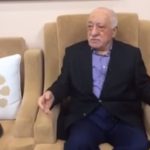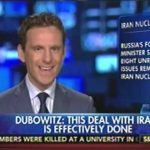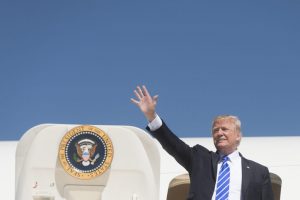In his recent piece posted on Foreign Policy, Washington Institute for Near East Policy (WINEP) executive director Robert Satloff’s advice to Obama offers a near textbook example of the neoconservative conviction that linkage—the concept that peace between Israel and its neighbors will further U.S. strategic objectives in the Middle East and accepted by realists and military leaders alike—is a waste of time. Instead, Satloff along with his colleagues who pushed for the invasion of Iraq, offers the potholed argument that “the road to peace leads through Baghdad Tehran”. While Satloff will never totally disregard the role of U.S. diplomacy in bringing about a two-state solution, it never appears to be at the top of his list for where the White House should be focusing its efforts in the Middle East.
He writes:
But the real test of whether the president can make progress toward clinching a deal is whether he uses the next year to bring clarity to the regional challenge that poses the most serious consequences for Middle East security and the overall U.S. position in the region: Iran’s pursuit of a nuclear weapon.
and
To his credit, the president seems to have abandoned the loopy thesis that Arab-Israeli peace is a prerequisite for resolving the Iranian nuclear problem.
While one might disagree with Satloff’s conclusions, he’s consistent in his thinking.
On October 3, 2001 Satloff employed a similar argument in a Los Angeles Times op-ed.
When Saddam Hussein gobbled up a neighboring state and posed a threat to international security unseen since World War II, Bush the elder received numerous messages from Arab and Muslim leaders demanding U.S. intervention in the Israeli-Palestinian arena as the price for support in the campaign against Iraq. He refused to be drawn in prematurely, confident that victory in Desert Storm would deflate the region’s radicals, embolden the moderates and create the conditions to invigorate the search for Arab-Israeli peace.
In November, 2001, in a response to Colin Powell’s November 19, 2001 Louisville speech on the peace process, Satloff said:
A new era in Arab-Israeli peacemaking has almost surely not been opened by this speech—that will likely have to await a change in the objective circumstances of the regional situation (i.e., a change in leadership, a stunning defeat for regional radicals like Iraq, etc.). While U.S. diplomacy can play some part in creating a more positive environment for the eventual return to active peacemaking, U.S. victory in the war on terror is a more critical element in achieving that goal.
And on April 27, 2003, Satloff, in a Baltimore Sun op-ed on the Mideast Roadmap, wrote:
Victory in Iraq provides a rare opportunity to have Arabs make important movement on both fronts. That, in turn, would limit the near-term damage of the roadmap, encourage Israelis and Palestinians to meet their own responsibilities for peacemaking and raise the chance for success of U.S. engagement in Arab-Israeli diplomacy down the road.
Satloff, much like Robert Kagan and Bill Kristol (see their April 15, 2002 Weekly Standard article, “Remember the Bush Doctrine“), have been harping at the reverse linkage argument since before the invasion of Iraq. In many ways their advice was followed and their theory tested.
While pundits like Satloff promised big changes if Saddam Hussein was removed from power, the 2006 Lebanon War, the 2007 Hamas takeover of Gaza and the winter 2008-2009 Gaza War all occurred after the U.S. had been victorious in Iraq. Their claim that toppling Saddam Hussein would bring Israel and its neighbors closer to peaceful coexistence appears to have been, at best, a tenuous link.
But that doesn’t deter the proponents of reverse linkage from trying their luck a second time. This time the target is Iran, and Satloff promises that although Obama is entering Arab-Israeli diplomacy with a “weak hand,” if he “…rebuilds a sense of U.S. strength by dealing resolutely with the approaching crisis point over Iran’s nuclear program, he can reverse this dynamic.”
It sounds all too familiar.




